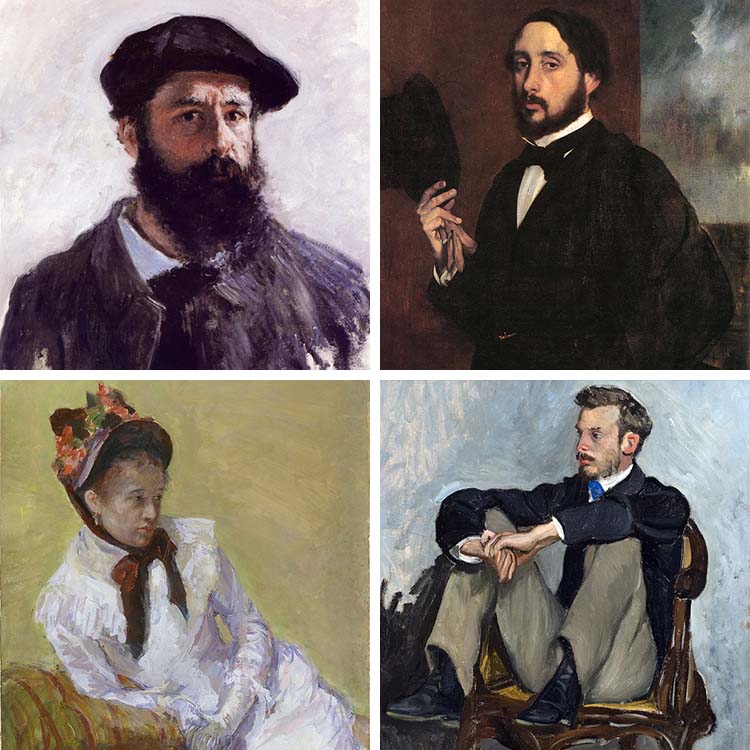
In the 1870s, the western art world was turned upside-down with the emergence of Impressionism, an avant-garde art movement. Born in Paris, France, Impressionism was founded by a unique group of artists who each opted to abandon traditional rules of art in favor of a new approach. Characterized by quick, painterly brushstrokes and a unique use of color based on the effects of light, this novel style of painting enabled the artists to capture fleeting impressions of everyday life—an interest that unified them and eventually led to their “Impressionist” title.
While a myriad of artists influenced the iconic movement, the work of a select few has resonated particularly strongly over the last century. Here, we explore the work of these iconic Impressionist painters in order to understand their respective contributions to the first modern art movement.
In this Impressionist artists list, we take a closer look at the painters who started the iconic movement.
Camille Pissarro (1830–1903)
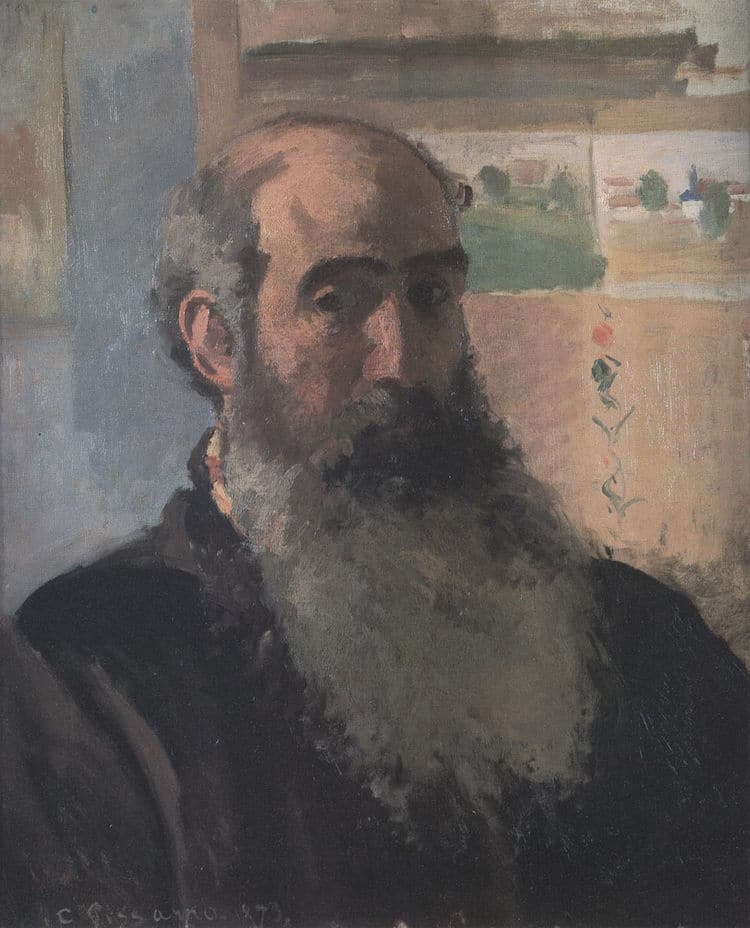
Camille Pissarro, “Self-Portrait,” 1873 (Photo: Wikimedia Commons, Public domain)
|
Full Name
|
Jacob Abraham Camille Pissarro
|
|
Born
|
July 10, 1830 (Saint Thomas, Danish West Indies)
|
|
Died
|
November 13, 1903 (Paris, France)
|
|
Notable Artwork
|
Boulevard Montmartre series
|
|
Movement
|
Impressionism
|
Originally from the island of St Thomas, Camille Pissarro (1830–1903) was the oldest painter among the Impressionist collective and the only one to exhibit at all eight exhibitions. Like his contemporaries, Pissarro captured landscapes and individuals in their natural settings using quick painting techniques. He also acted as an influential teacher for important artists, including Paul Cézanne. In addition, Pissarro was one of the few Impressionist artists who immersed himself in the subsequent Post-Impressionist movement, incorporating approaches like Pointillism into his work.
Famous works of art: Boulevard Montmartre series (1897)
Edgar Degas (1834–1917)
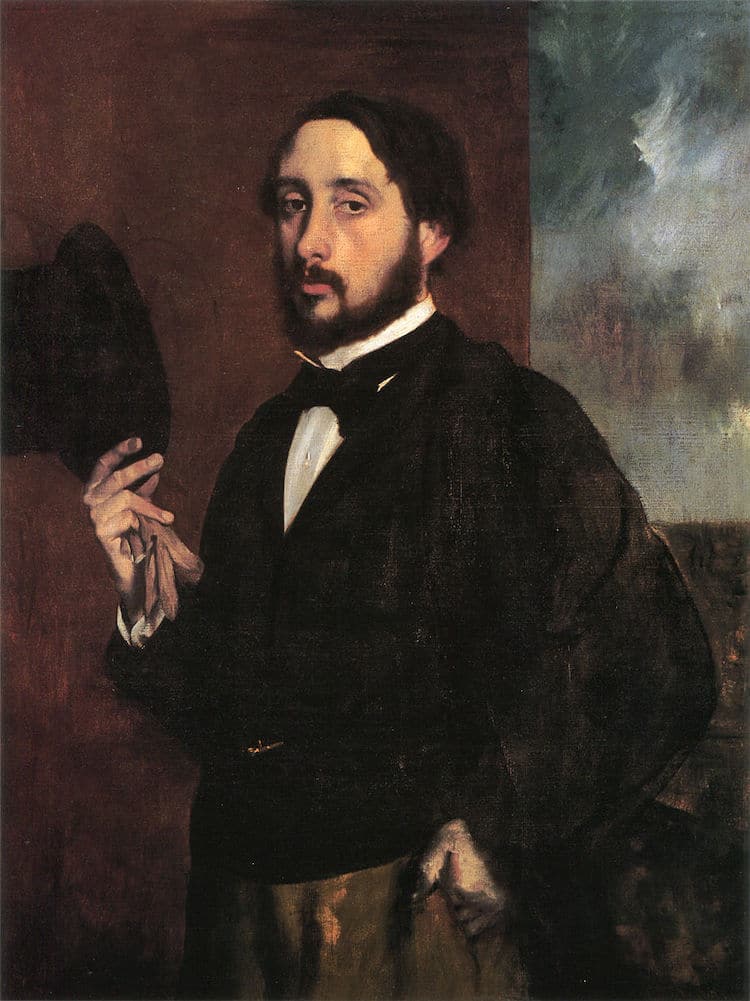
Edgar Degas, “Self-Portrait,” c. 1863 (Photo: Wikimedia Commons, Public domain)
|
Full Name
|
Hilaire-Germain-Edgar De Gas
|
|
Born
|
July 19, 1834 (Paris, France)
|
|
Died
|
September 27, 1917 (Paris, France)
|
|
Notable Artwork
|
The Dance Class
|
|
Movement
|
Impressionism
|
Unlike other Impressionists, Edgar Degas (1834–1917) was not preoccupied with light and nature. Instead, he preferred to capture intimate indoor depictions (seen “as if you looked through a key-hole”). This interest is evident in his collection of ballet paintings—set both in studios and on stage—as well as his voyeuristic pastel series of women at la toilette. Though less prevalent than ballerinas and bathers, horseback riders often appear in Degas’ oeuvre.
Famous works of art: The Dance Class (1875), L’Absinthe (1875–1876)
Alfred Sisley (1839–1899)

Pierre-Auguste Renoir, “Portrait of Alfred Sisley,” 1876 (Photo: Art Institute of Chicago via Wikimedia Commons, PD-US)
|
Full Name
|
Alfred Sisley
|
|
Born
|
October 30, 1839 (Paris, France)
|
|
Died
|
January 29, 1899 (Moret-sur-Loing, France)
|
|
Notable Artwork
|
A Street in Moret
|
|
Movement
|
Impressionism
|
Born in Paris to British parents, Alfred Sisley (1839–1899) befriended Renoir and Bazille early in his career, and ultimately became an integral member of the Impressionist group. Like many of the others, he gravitated towards en plein air paintings of bucolic landscapes and scenes of rural France. Although he was overshadowed by his contemporaries, he remains a key figure in the development of this style.
Famous paintings: A Street in Moret (c. 1890)
Claude Monet (1840–1926)
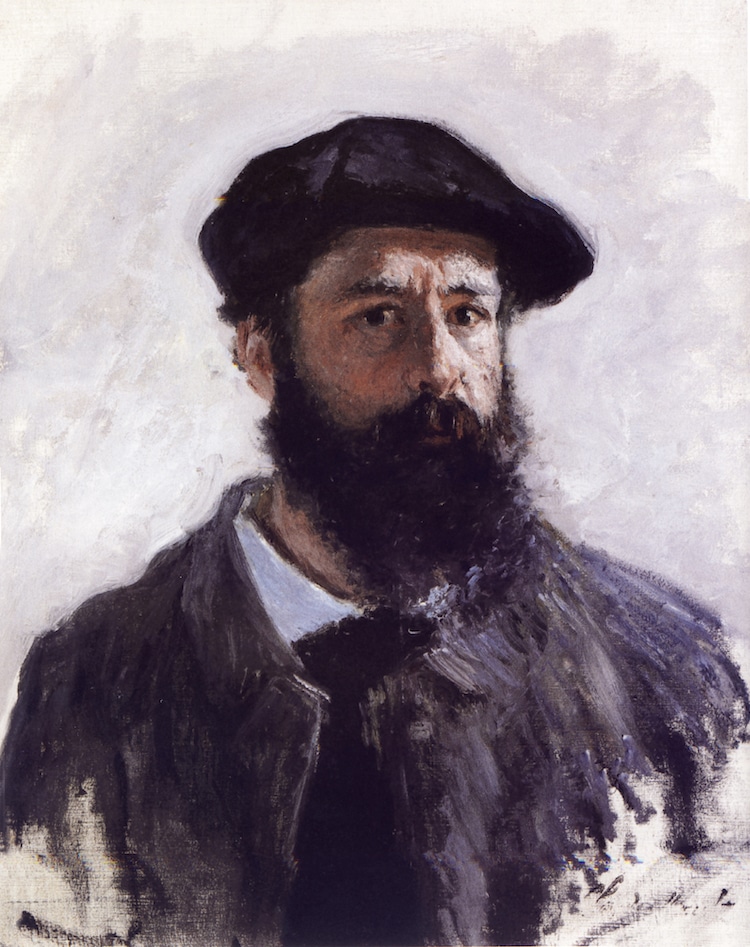
Claude Monet, “Self-Portrait in Beret,” 1886 (Photo: Wikimedia Commons, Public domain)
|
Full Name
|
Oscar-Claude Monet
|
|
Born
|
November 14, 1840 (Paris, France)
|
|
Died
|
December 5, 1926 (Giverny, France)
|
|
Notable Artwork
|
Water Lilies series
|
|
Movement
|
Impressionism
|
Claude Monet (1840–1926) is the artist most closely associated with Impressionism. This is due in part to Impression, Sunrise, a piece he painted in 1872. A depiction of his hometown’s harbor, the painting portrays several characteristics distinctive of the movement, from its thick brushwork to its focus on light. Impression, Sunrise was featured in 1874’s Exhibition of the Impressionists—the first Impressionist show—and thereafter inspired the movement’s now-household name. In addition to Impression, Sunrise, Monet is also widely praised for his later canvases. These include depictions of his Japanese bridge in Giverny, snapshots of fin-de-siècle Paris, and his iconic Water Lilies series.
Famous works of art: Impression, sunrise (1872), Water Lilies series (1883–1926)
Marie Bracquemond (1840–1916)
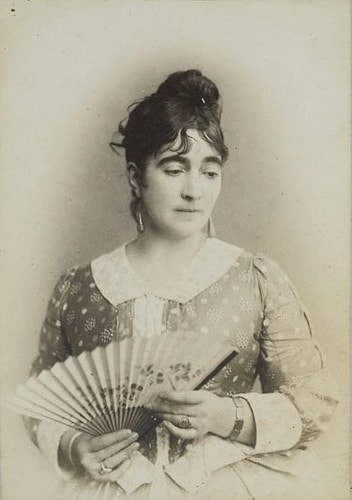
Photo of Marie Bracquemond, c. 1880 (Photo: Wikimedia Commons, PD-US)
|
Full Name
|
Marie Bracquemond
|
|
Born
|
December 1, 1840 (Argenton-en-Landunvez, France)
|
|
Died
|
January 17, 1916 (Sèvres, France)
|
|
Notable Artwork
|
Three Women with Umbrellas (The Three Graces)
|
|
Movement
|
Impressionism
|
Marie Bracquemond (1840–1916) was one of “les trois grandes dames” of Impressionism who defied the expectations of women at the time to become an admired painter. Although she was married to a fellow artist, her husband did not approve of the Impressionist style and often criticized her work. Fortunately, she found mentorship under Monet and Degas, who helped her carefully planned canvases shine.
Famous paintings: Three Women with Umbrellas (The Three Graces) (1880)
Pierre Auguste-Renoir (1841–1919)
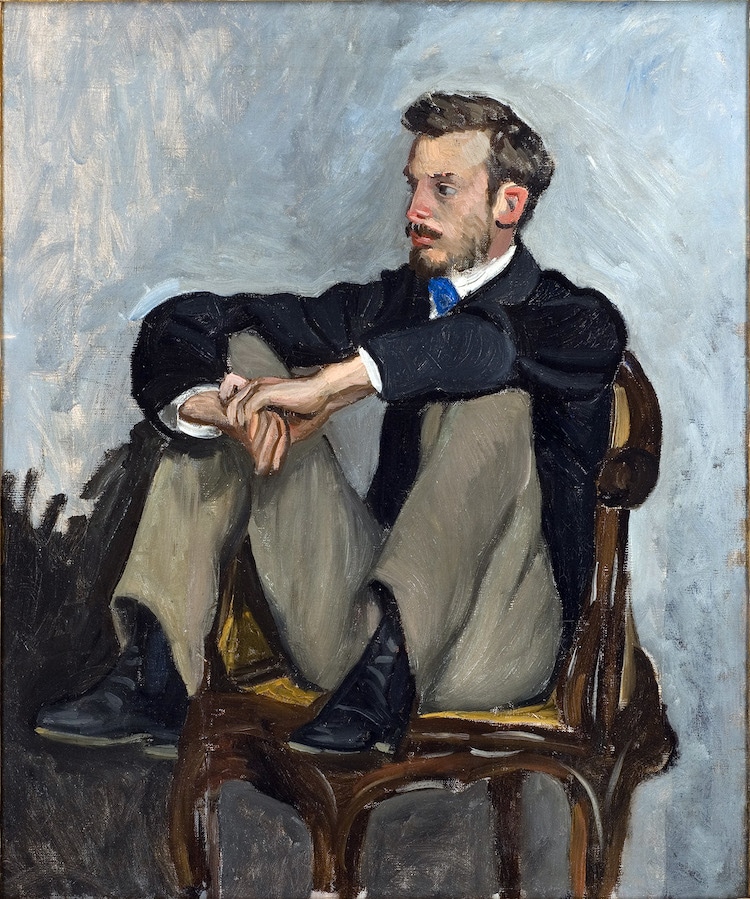
Frédéric Bazille, “Portrait of Pierre-Auguste Renoir,” 1867 (Photo: Musée d’Orsay via Wikimedia Commons, Public domain)
|
Full Name
|
Pierre-Auguste Renoir
|
|
Born
|
February 25, 1841 (Limoges, France)
|
|
Died
|
December 3, 1919 (Cagnes-sur-Mer, France)
|
|
Notable Artwork
|
Luncheon of the Boating Party
|
|
Movement
|
Impressionism
|
Renowned for his soft depictions of fellow artists, friends, and family members, Pierre Auguste-Renoir (1841–1919) is predominantly regarded as a portrait painter. Often set outdoors, his portrayals—like The Luncheon of the Boating Party—are composed of saturated color and illuminated by dappled sunlight.
When not painting large groups, the artist usually employed female subjects, whose beauty he admired. “To my mind, a picture should be something pleasant, cheerful, and pretty, yes pretty!” he famously exclaimed. “There are too many unpleasant things in life as it is without creating still more of them.”
Famous works of art: Bal du moulin de la Galette (1876), Luncheon of the Boating Party (1880–1881)
Berthe Morisot (1841–1895)
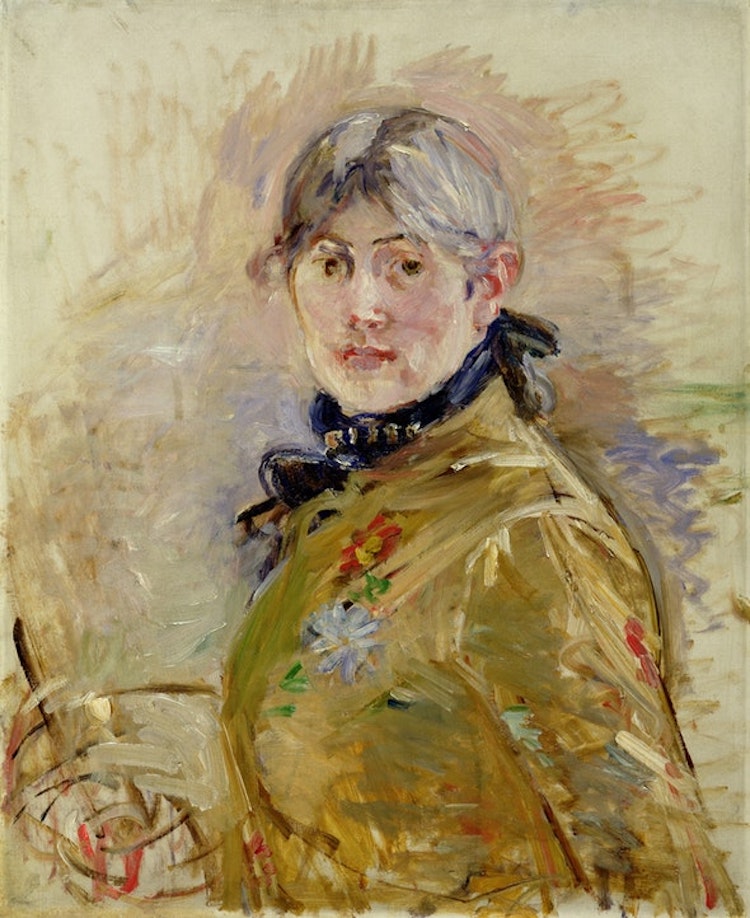
Berthe Morisot, “Self-Portrait,” 1885 (Photo: Wikimedia Commons, Public domain)
|
Full Name
|
Berthe Marie Pauline Morisot
|
|
Born
|
January 14, 1841 (Bourges, France)
|
|
Died
|
March 2, 1895 (Paris, France)
|
|
Notable Artwork
|
Lady at Her Toilette
|
|
Movement
|
Impressionism
|
Berthe Morisot (1841–1895) made a name for herself in the heavily male art world as an Impressionist painter. She produced small-scale oil paintings and pastels on unprimed canvas, giving her pieces a distinctive, almost unfinished appearance. Additionally, she favored planes of white pigment, which boldly stand out against her distinctively bold black accents. Because of this unique approach to color, she is often regarded as Impressionism’s “virtuoso colorist.”
Famous works of art: The Cradle (1872)
Frédéric Bazille (1841–1870)
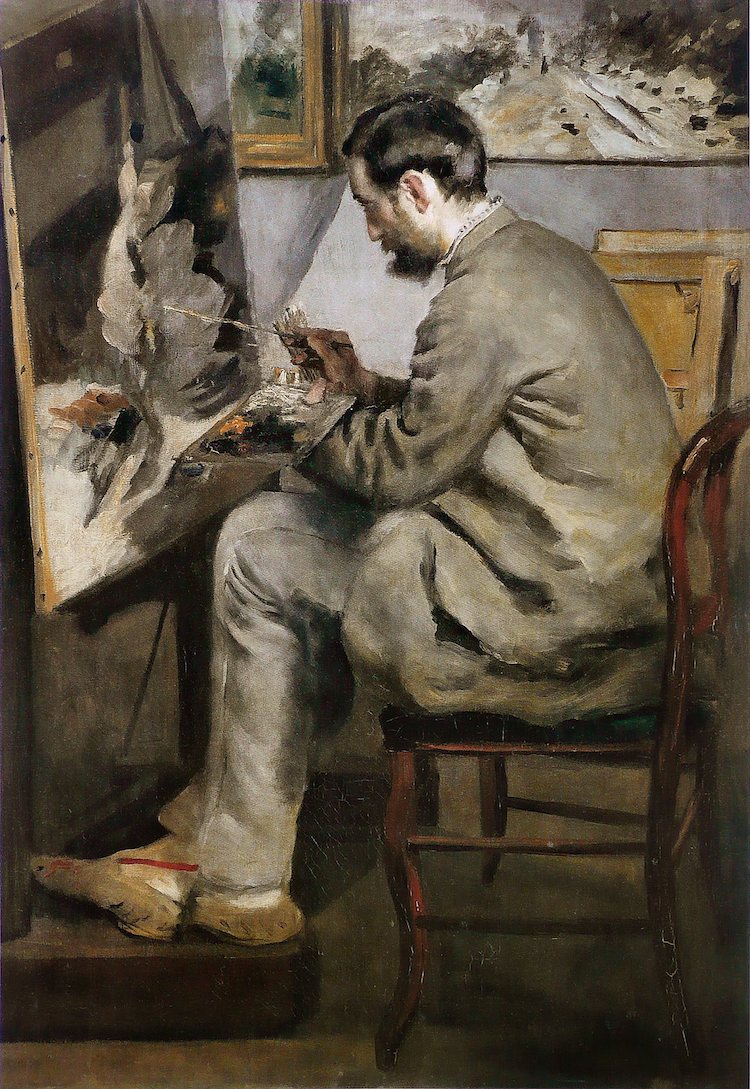
Pierre-Auguste Renoir, “Portrait of Frédéric Bazille Painting ‘The Heron’,” 1867 (Photo: Musée d’Orsay via Wikimedia Commons, PD-US)
|
Full Name
|
Jean Frédéric Bazille
|
|
Born
|
December 6, 1841 (Montpellier, France)
|
|
Died
|
November 18, 1870 (Beaune-la-Rolande, France)
|
|
Notable Artwork
|
Family Reunion
|
|
Movement
|
Impressionism
|
Although he only lived to the age of 28, Frédéric Bazille (1841–1870) was close friends with the Impressionists and an important member of the movement. His short career was prolific, and he produced a number of works indoors and en plein air. His best-known works tend to be portraits with one or more figures.
Famous paintings: Family Reunion (1867–1868)
Mary Cassatt (1844–1936)
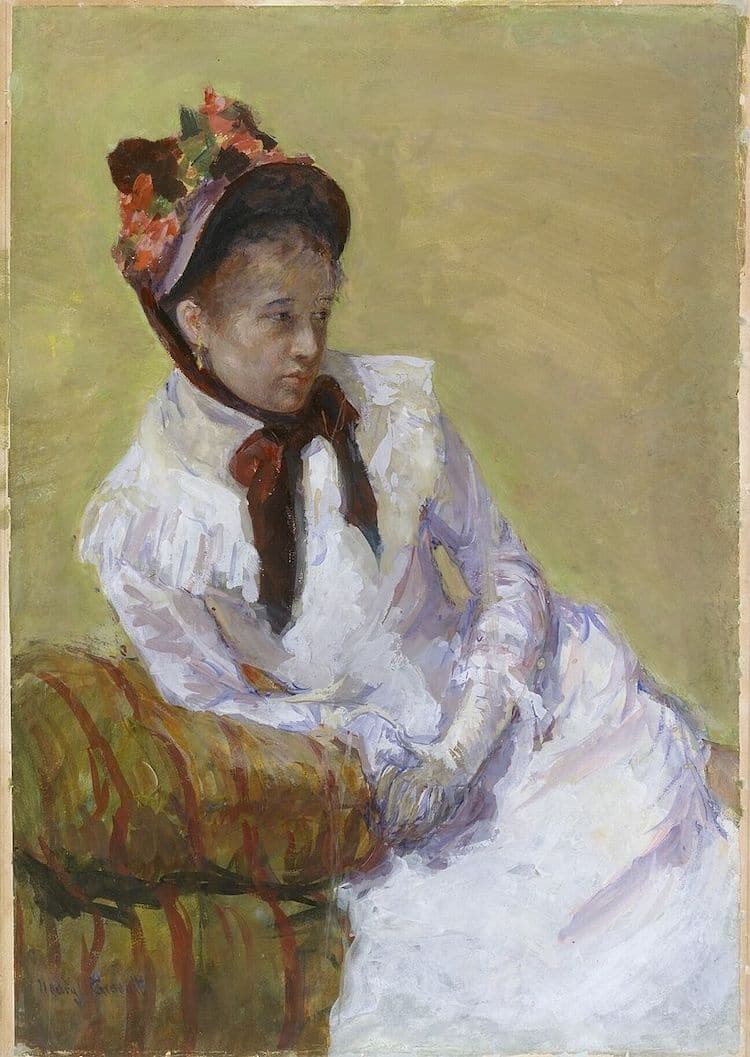
Mary Cassatt, “Self-Portrait,” c. 1878 (Photo: The Met via Wikimedia Commons, Public domain)
|
Full Name
|
Mary Stevenson Cassatt
|
|
Born
|
May 22, 1844 (Allegheny City, PA, USA)
|
|
Died
|
June 14, 1926 (Le Mesnil-Theribus, France
|
|
Notable Artwork
|
The Child’s Bath
|
|
Movement
|
Impressionism
|
Initially introduced to Paris’ premier artists by Edgar Degas, Mary Cassatt (1844–1936)—an American artist—would become a key figure in the French, male-dominated movement. Cassatt is known for her interest in representing women and girls in her art, which mostly manifested as quiet, mother-daughter depictions. However, some of her pieces, like her celebrated Little Girl in a Blue Armchair, depict women and girls in a state of solitary reflection.
Famous works of art: Little Girl in Blue Armchair (1878), Child’s Bath (1893)
Gustave Caillebotte (1848–1894)
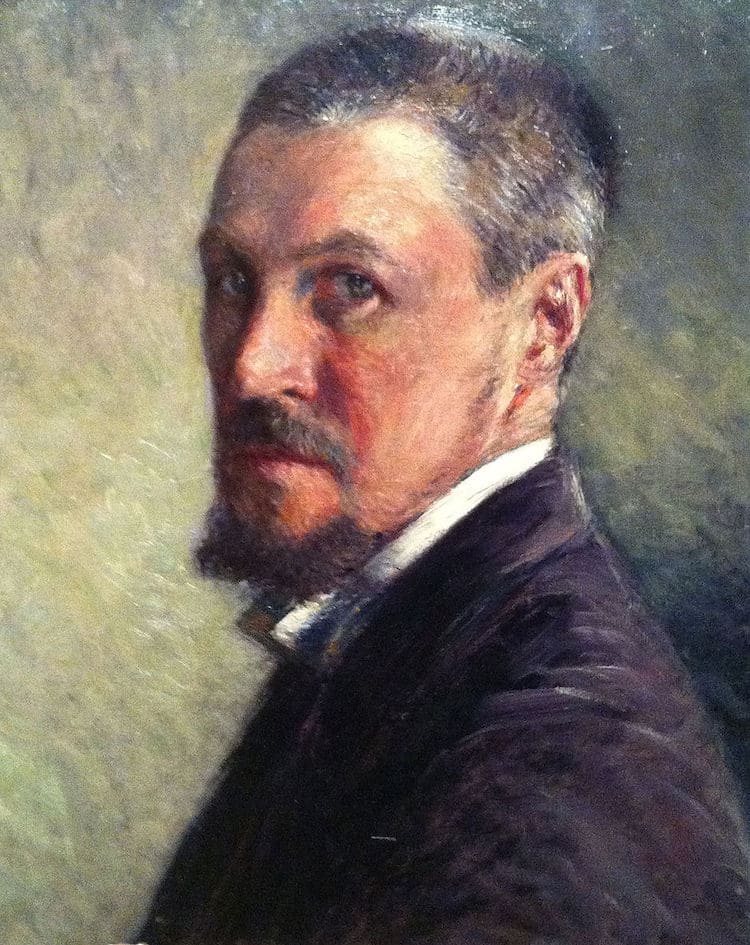
Gustave Caillebotte, “Self-Portrait,” c. 1889 (Photo: Wikimedia Commons, PD-US)
|
Full Name
|
Gustave Caillebotte
|
|
Born
|
August 19, 1848 (Paris, France)
|
|
Died
|
February 21, 1894 (Gennevilliers, France)
|
|
Notable Artwork
|
Paris Street; Rainy Day
|
|
Movement
|
Impressionism
|
With a more realistic style that found inspiration in photography, Gustave Caillebotte (1848–1894) was a key figure in the Impressionist movement. His substantial inheritance allowed him to pursue art with ease and fund some of the other Impressionist members. His interest in reality, Japanese prints, and photography place him in Impressionism, in spite of his highly naturalistic style.
Famous paintings: Paris Street; Rainy Day (1877)
Legacy
Together, these artists helped pioneer and popularize Impressionism, and therefore, started the modern art movement. Their work would go on to influence ensuing movements, like Post-Impressionism, and many contemporary artists continue to adopt and adapt the recognizable Impressionist approach—one brushstroke at a time.
Check out our collection of 15 famous Impressionist paintings to learn more about this beloved art movement.
This article has been edited and updated.
Related Articles:
The Unique History and Exquisite Aesthetic of Japan’s Ethereal Woodblock Prints
Late 19th-Century Paris Documented in Graphic Prints and Posters by Toulouse-Lautrec
How Flowers Blossomed Into One of Art History’s Most Popular Subjects
